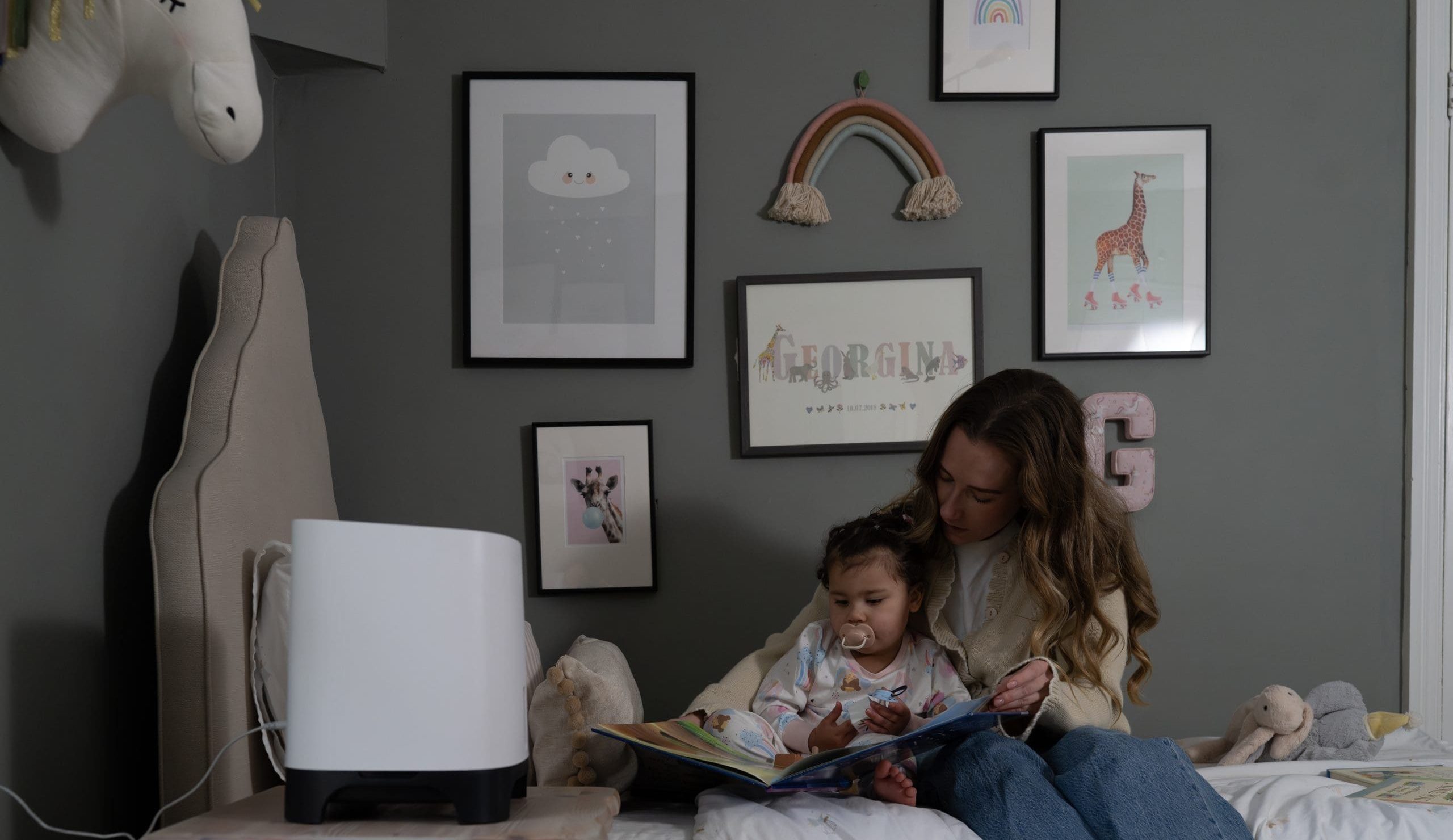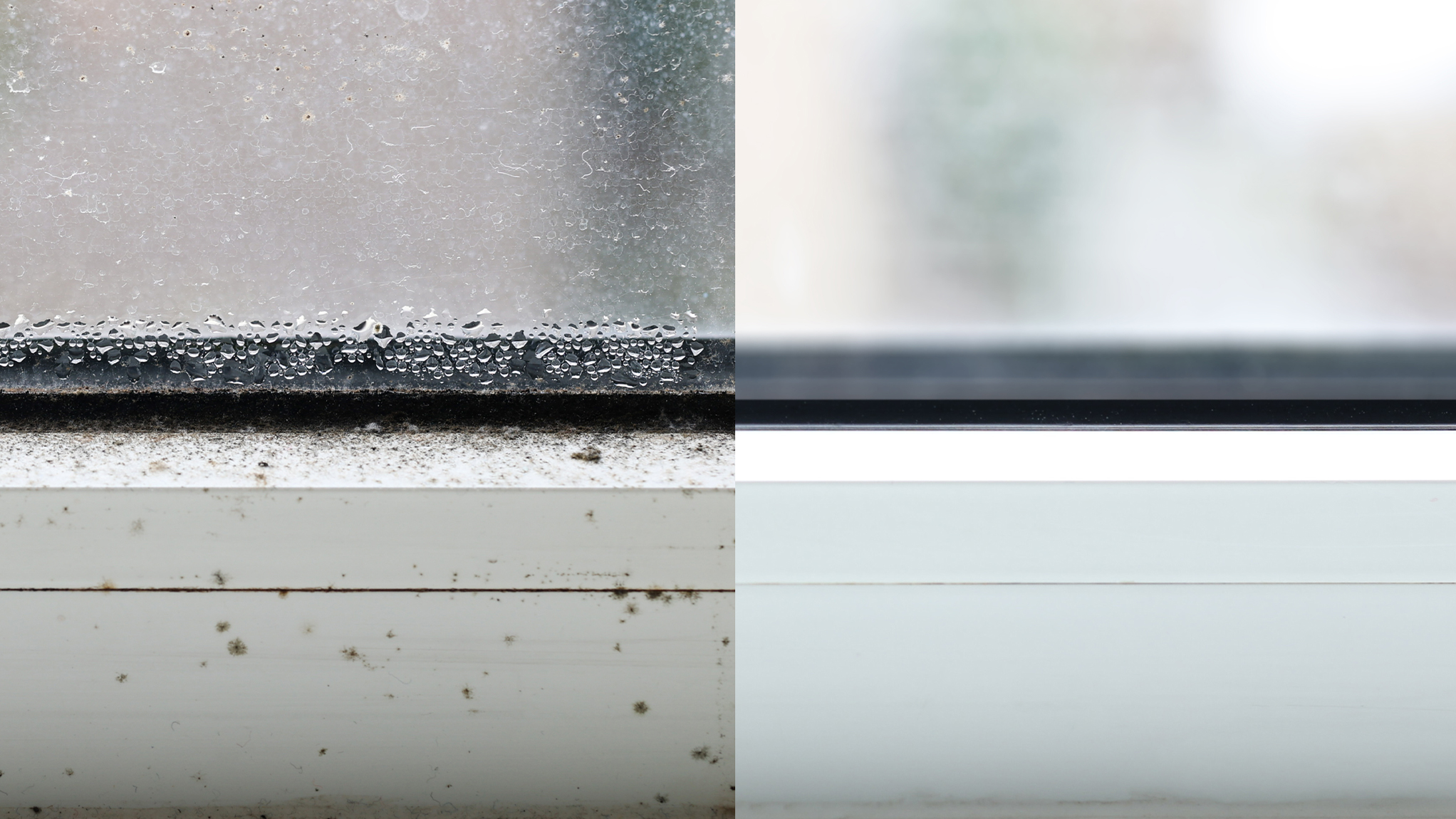If you or a member of your family has an allergy, you are likely to want to make the air in your home as allergen-free as possible. There are lots of natural and man-made allergens in the air in all our homes, and some of these can exacerbate existing conditions. You may even find that they cause problems that weren’t there before. So, do air purifiers help with allergies?
How do air purifiers help?
With allergies, you’ve probably already tried lots of different solutions – but have you tried an air purifier? Air purifiers use various types of filters to remove particles from the air in your home. There are several factors to consider when you’re thinking about buying one of these units. We have previously written about the importance of matching an air purifier to the room size . That’s because without calculating your room size, you may spend money on an air purifier that doesn’t have the impact you’re expecting. So your air purifier may not help with allergies simply because it doesn’t match the room size you have.

Air purifiers can help to reduce allergens and improve health.
For this article, however, we’re concentrating on the things that might be causing or impacting on the allergy. This will help us show you how to choose the right air purifier for your needs. So here are some things to think about:
- Do you want the air purifier to remove a smell from the air? This is particularly useful for people who want to remove cigarette or tobacco smells from their home, as well as cooking smells, which can be particularly strong in smaller homes and apartments.
- Do you want to deal with pollen? Pollen triggers seasonal allergies like hayfever. So removing it from the air in your home will give you some relief indoors.
- Are you concerned about VOCs? A Volatile Organic Compound, or VOC, is a compound that can easily become a gas or vapour. Examples include particles released when burning wood or coal, but they are also common in some products including solvents, air fresheners and cleaning products.
- Do you want to kill dust mites, germs and bacteria? If it’s particularly important to you to reduce the potential for bacteria or germs in the air, look for an air purifier that can handle the task.
Understand what you want to achieve and then make sure that your air purifier can do the job.
Choose an air purifier with a HEPA filter
We’d always recommend a HEPA filter as a minimum. A good HEPA filter captures most of the tiny particles in the air. HEPA is a recognised standard, and so filters claiming the HEPA title must meet the approved standards.
Our range of air purifiers uses HEPA filters as part of a multi-stage filter process. This helps to remove a wide range of particles from the air in your home. We’ve listed the stages we use below:

Pre-Filter – This Captures Large Airborne Particles.
HEPA filter – captures particles larger than 0.3 microns in size which means it will capture most of the particles that are in the air. If you think that a human hair is 40+ microns in size it gives you an idea of just how small 0.3 microns is.
A HEPA filter will capture particles like:
- Pollen
- Mould spores
- Pet dander
- Dust mites
- Some bacteria
Enhanced Activated Charcoal filter – the next line of defence and removes those things that you can smell:
- Smoke
- Chemical fumes
- VOCs
- Numerous random smells
Ultra Violet Filter (UVC)
On its own, ultra violet will have little or no effect because it does not have enough contact time with the air to achieve anything. But combine it with an agent like our Photocatalytic Oxidation Enhanced Titanium Dioxide (PCO for short) combination and the reaction process is speeded up so that ultra violet can take effect. UVC filters can kill:
- Germs
- Viruses
- Bacteria
- Mould
Ioniser
The last element in the air purification process is the ioniser. Not all ionisers are born equal and their effectiveness is often overstated. Unless you have an advanced Plasma Ioniser like the one that is found on the Meaco DD8L Zambezi dehumidifier then don’t expect too much from your ioniser. What it will do for you is to make dust in the immediately vicinity of the air purifier heavier so that it either gets sucked into the air purifier or falls to ground to be vacuumed up or captured when you polish.
So now you know what the various types of filters do you can start to match your filter up to your allergy. For most people the combined approach of the multi-layered air purifier like the MeacoClean CA-HEPA 119×5 is the best solution as they cover a broad range of allergens and can target the main issue (say pollen) whilst also having the added benefit of dealing with other issues like unpleasant smells.
As always if you have any outstanding questions then please do call us on 01483 234900 and we’ll be happy to help and advise.
Products featured: MeacoClean air purifiers






